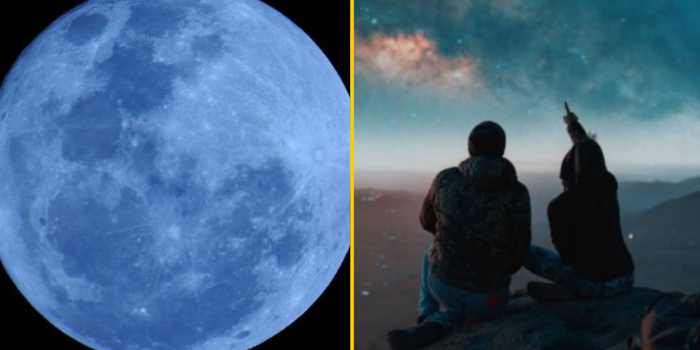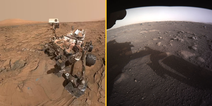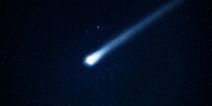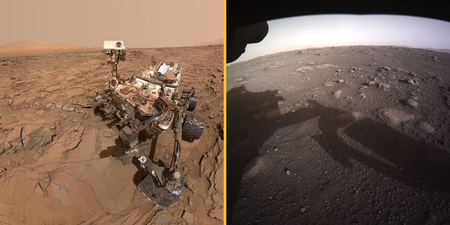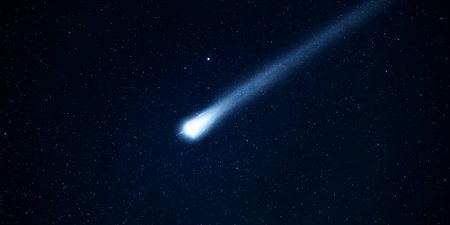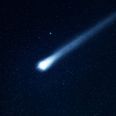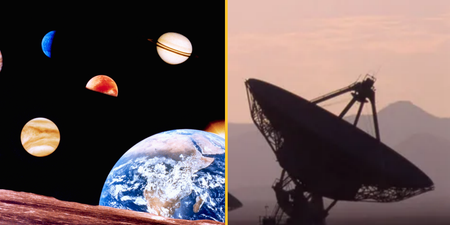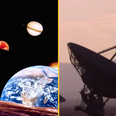Despite its name, the moon will retain its usual grey tone
People will have the rare opportunity to spot a ‘blue’ supermoon later this week as the phenomenon hits the skies for the first time in over a decade.
Not appearing again until 2037, the rare moon can be seen across the country for around three nights, which should hopefully provide ample opportunity for clear sky viewing.
Regular blue moons appear every two to three years when there are two full moons in a single calendar month and super moons occur around three times a year when a full moon happens at its closest point to the earth.
However, a blue supermoon, when both phenomena happen at the same time, is seen as an astronomical anomaly.
This year’s super blue moon occurs as it will be within 222,043 miles of Earth.
The third supermoon of the year is set to rise on the eve of August 30 at 9:36pm EDT and at 2.35am BST (in the early hours of August 31).
Despite its name, the Moon will retain its usual shade of grey during the event but may appear up to 14 per cent larger and 30 per cent brighter than normal.
The “blue” refers to the fact that it’s the second Full Moon of the month, following the ‘Sturgeon Moon’ which rose on August 1.
According to NASA, there are two types of ‘Blue Moon’, a calendar Blue Moon and a seasonal Blue Moon.
The latter describes the third Full Moon of four in one astronomical season, meaning a calendar year has 13 full moons instead of the usual 12.
But Wednesday’s event falls into the ‘calendar category’ as the second Full Moon of August, after the Sturgeon Moon on August 1.
Generally, these occur every two to three years, with the last occurring in August 2021.
Next blue supermoon is not until 2037
David Moore of Astronomy Ireland told The Irish Times:”As there are 12 full moons every year that means there have been 168 full moons to give one super blue moon.
“Technically, the exact instant the moon is full is Wednesday night as seen from Ireland. However, to the naked eye it looks full the night before and after.”
Despite its name, a blue moon is not actually blue and it retains its yellow-white colour.
Moore added on the Astronomy Ireland website:
“The Moon is full of details to see like craters, mountains, vast lava lakes and more. It is by the far the most spectacular object to see in a telescope.”
Related links:
First of two August supermoons will be visible tonight
Live worm found in woman’s brain in world first
Scientists are ‘absolutely certain’ aliens exist in our Solar System
